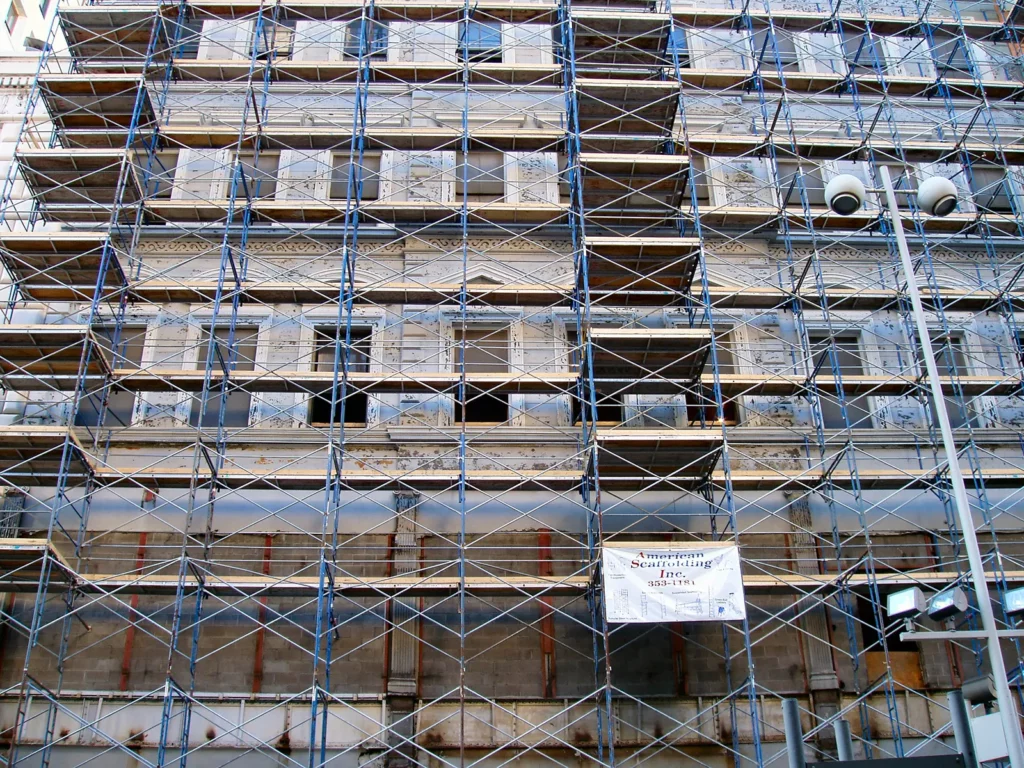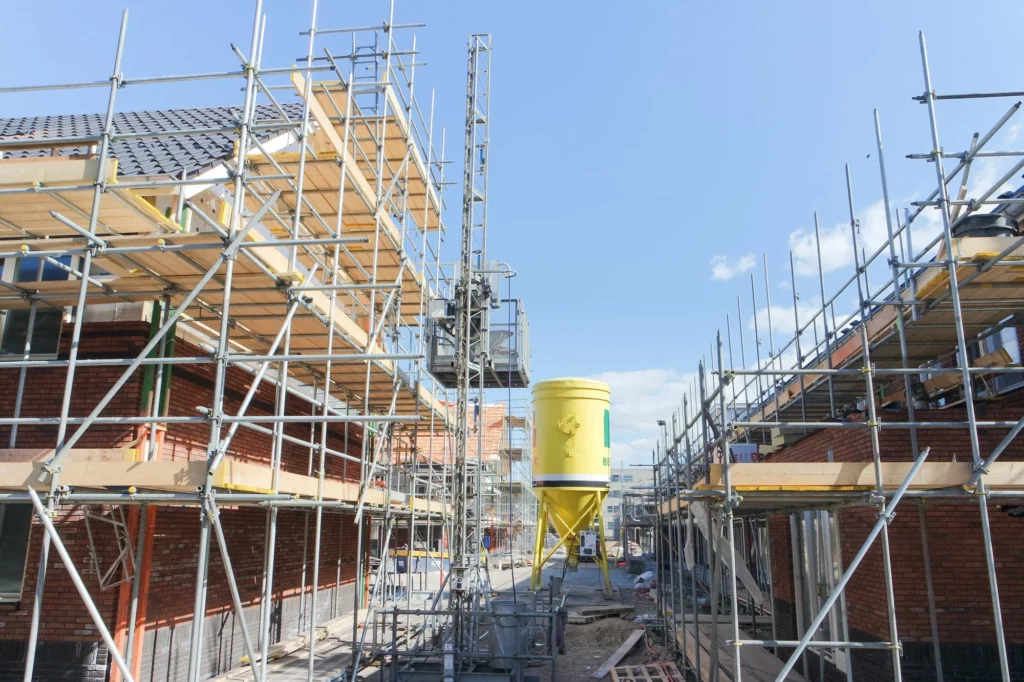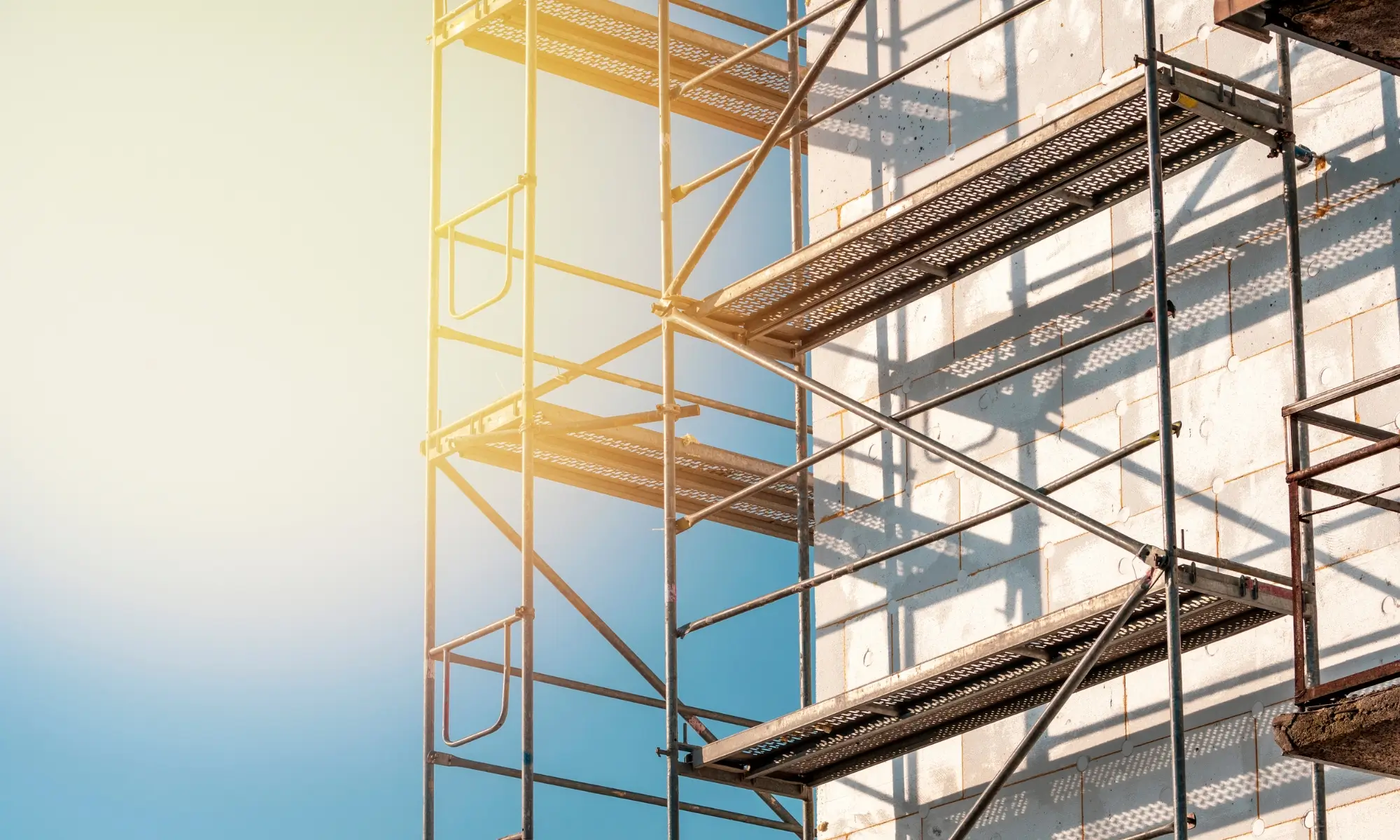Understanding Temporary Scaffolding
Temporary scaffolding is an essential component in the construction industry, providing a safe and stable platform for workers to perform their tasks at height. It serves as a temporary structure that supports both workers and materials, ensuring that construction projects can proceed efficiently and safely.
Scaffolding can be made from various materials, including steel, aluminium, and wood, each offering unique benefits and applications. Understanding the different types of scaffolding and their uses is crucial for any construction project, as it directly impacts safety, efficiency, and overall project success.
Types of Temporary Scaffolding
There are several types of temporary scaffolding, each designed for specific tasks and environments. The most common types include:
By investing in temporary scaffolding and choosing the right provider, construction firms can enhance their operations and ensure the successful completion of projects. Ultimately, the benefits of scaffolding extend beyond immediate safety and efficiency, contributing to the long-term success and reputation of construction companies.
- Tube and Fitting Scaffolding: This versatile system consists of steel tubes and fittings that can be assembled in various configurations, making it suitable for a wide range of projects.
- System Scaffolding: Pre-engineered and designed for quick assembly, system scaffolding is often used for larger projects where time efficiency is paramount.
- Mobile Scaffolding: Ideal for tasks that require frequent repositioning, mobile scaffolding is equipped with wheels, allowing workers to move it easily from one location to another.

Key Features of Temporary Scaffolding
The effectiveness of temporary scaffolding lies in its key features, which include:
- Load-Bearing Capacity: Scaffolding must be designed to support the weight of workers, tools, and materials, ensuring safety throughout the construction process.
- Flexibility: The ability to adapt to various project requirements makes scaffolding a vital tool for contractors and builders.
- Ease of Assembly: Quick assembly and disassembly reduce downtime and enhance productivity on site.
Moreover, the safety regulations surrounding scaffolding are stringent and must be adhered to at all times. Regular inspections are mandated to ensure that the scaffolding remains in good condition and is capable of withstanding the demands of the job. This includes checking for any signs of wear and tear, ensuring that all components are securely fastened, and confirming that the scaffolding is erected on stable ground. Such diligence not only protects the workers but also minimises the risk of accidents that could lead to costly delays and legal issues.
Additionally, the training of personnel involved in the assembly and disassembly of scaffolding is paramount. Workers must be well-versed in the proper techniques and safety protocols to ensure that the scaffolding is erected correctly and safely. This training often includes understanding load limits, recognising potential hazards, and knowing how to respond in case of an emergency. As the construction industry continues to evolve, so too do the standards and practices surrounding scaffolding, making ongoing education and training vital for maintaining a safe working environment.
Learn more on: The Benefits of Scaffold Mesh in Ensuring Site Safety and Efficiency
The Importance of Safety in Construction
Safety is paramount in the construction industry, and temporary scaffolding plays a vital role in ensuring a safe working environment. The use of scaffolding significantly reduces the risk of accidents and injuries associated with working at height. Find more about injuries on https://www.niams.nih.gov/health-topics/sports-injuries
According to health and safety regulations, scaffolding must be erected and maintained by trained professionals. Regular inspections and adherence to safety standards are essential to prevent potential hazards, such as falls or structural failures.

Preventing Falls and Injuries
Falls from height are one of the leading causes of injury in the construction sector. Temporary scaffolding provides a stable platform that helps prevent such accidents. Properly installed scaffolding includes guardrails, toe boards, and other safety features that protect workers while they perform their tasks.
Moreover, scaffolding allows for safer access to elevated areas, reducing the need for workers to use ladders or other less stable means of reaching heights. This not only enhances safety but also improves overall efficiency on the job site. The presence of scaffolding can also facilitate better communication among team members, as they can move freely and safely around the work area, ensuring that instructions are conveyed promptly and clearly. This collaborative environment contributes to a more productive workforce, where safety and efficiency go hand in hand.
Compliance with Regulations
Construction companies are required to comply with various health and safety regulations regarding scaffolding. These regulations ensure that scaffolding is designed, erected, and maintained correctly to protect workers. Failure to adhere to these regulations can result in severe penalties and increased liability for construction firms.
Regular training and certification for workers involved in scaffolding activities are essential. This ensures that everyone on site understands the risks and knows how to use scaffolding safely and effectively. In addition to formal training, fostering a culture of safety within the workforce is crucial. Encouraging workers to report unsafe conditions or practices without fear of reprisal can lead to proactive measures being taken before accidents occur. This culture not only enhances compliance with regulations but also empowers workers to take ownership of their safety and that of their colleagues, ultimately leading to a more secure and efficient construction environment. To find more about accidents click here.
Enhancing Project Efficiency
Temporary scaffolding not only contributes to safety but also enhances the efficiency of construction projects. By providing a reliable platform for workers, scaffolding allows for quicker completion of tasks, ultimately leading to faster project delivery.
In addition, scaffolding can be tailored to meet the specific needs of a project, allowing for better workflow and organisation on site. This adaptability can significantly reduce the time spent on various tasks, such as painting, plastering, or installing fixtures.
Facilitating Access to Difficult Areas
Many construction projects involve working in hard-to-reach areas, such as high ceilings, steep roofs, or narrow spaces. Temporary scaffolding provides the necessary access to these challenging locations, enabling workers to perform their tasks safely and efficiently.
By offering a stable platform, scaffolding allows for the use of larger tools and equipment, further enhancing productivity. This capability is particularly beneficial for large-scale projects, where time and resources are critical considerations.
Reducing Downtime
When scaffolding is properly designed and erected, it can significantly reduce downtime on construction sites. Workers can move freely and safely between tasks, minimising delays caused by repositioning ladders or other equipment.
Moreover, the quick assembly and disassembly of scaffolding mean that projects can adapt to changing requirements without significant interruptions. This flexibility is invaluable in maintaining project timelines and budgets.
Cost-Effectiveness of Temporary Scaffolding
Investing in temporary scaffolding can lead to significant cost savings for construction projects. Although the initial expenditure may seem substantial, the long-term benefits far outweigh the costs.
By enhancing safety and efficiency, scaffolding reduces the likelihood of accidents, which can lead to costly delays and legal issues. Furthermore, the ability to complete projects more quickly translates into lower labour costs and increased profitability.
Long-Term Investment
Temporary scaffolding should be viewed as a long-term investment in the success of a construction project. High-quality scaffolding systems can be reused across multiple projects, providing ongoing value to construction firms.
Additionally, investing in well-maintained scaffolding can improve a company’s reputation for safety and reliability, attracting more clients and projects in the future.
Choosing the Right Scaffolding Provider
Selecting a reputable scaffolding provider is crucial to ensuring that the scaffolding meets safety standards and project requirements. A reliable provider will offer a range of scaffolding options and provide expert guidance on the best solutions for specific projects.
Furthermore, a good provider will offer comprehensive support, including installation, maintenance, and training for workers. This partnership can lead to a smoother construction process and improved outcomes for all parties involved.
Conclusion
In summary, temporary scaffolding is a crucial element of any construction project, providing safety, efficiency, and cost-effectiveness. Its role in preventing accidents and facilitating access to difficult areas cannot be overstated. As the construction industry continues to evolve, the importance of high-quality scaffolding will only grow.

